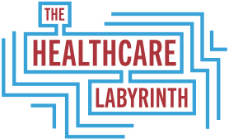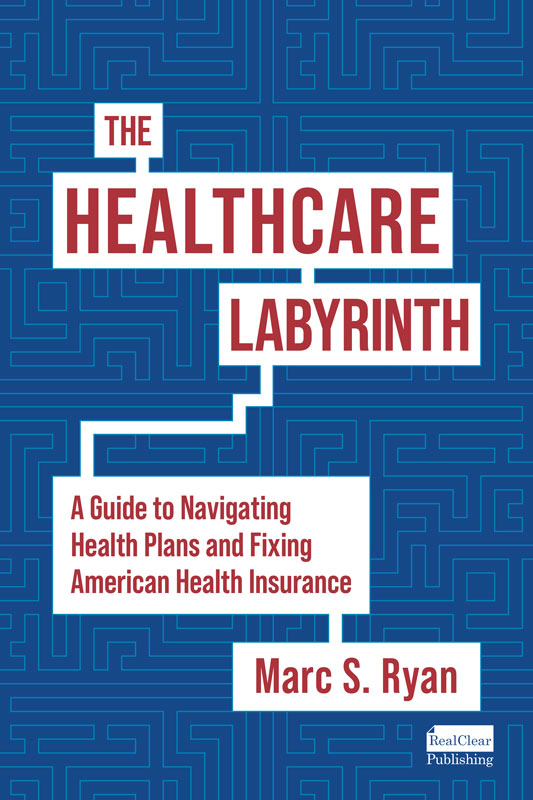
CMS Proposes Medicare Advantage and Part D Rule For 2027
On November 25, the Centers for Medicare and Medicaid Services (CMS) issued its proposed Medicare Advantage and Part D rule for Calendar Year 2027. Despite the government shutdown, the proposed rule was issued on time – even a few days early. The rule is expected to be finalized in late March or early April after a comment period that ends in late January. The rule is accompanied by some major Requests for Information (RFIs) as well. Star Ratings proposed changes I went into details about the Star Ratings proposed changes in a November 28 blog. You can get all the details here: https://www.healthcarelabyrinth.com/cms-medicare-advantage-star-program-to-get-tougher/ . Here is a quick summary though of major Star changes proposed: In Measure Years 2026 and 2027 (Star Years 2028 and 2029), CMS proposes to remove 12 measures focused on operational/administrative processes or those that no longer show variability in quality among plans. That has the












